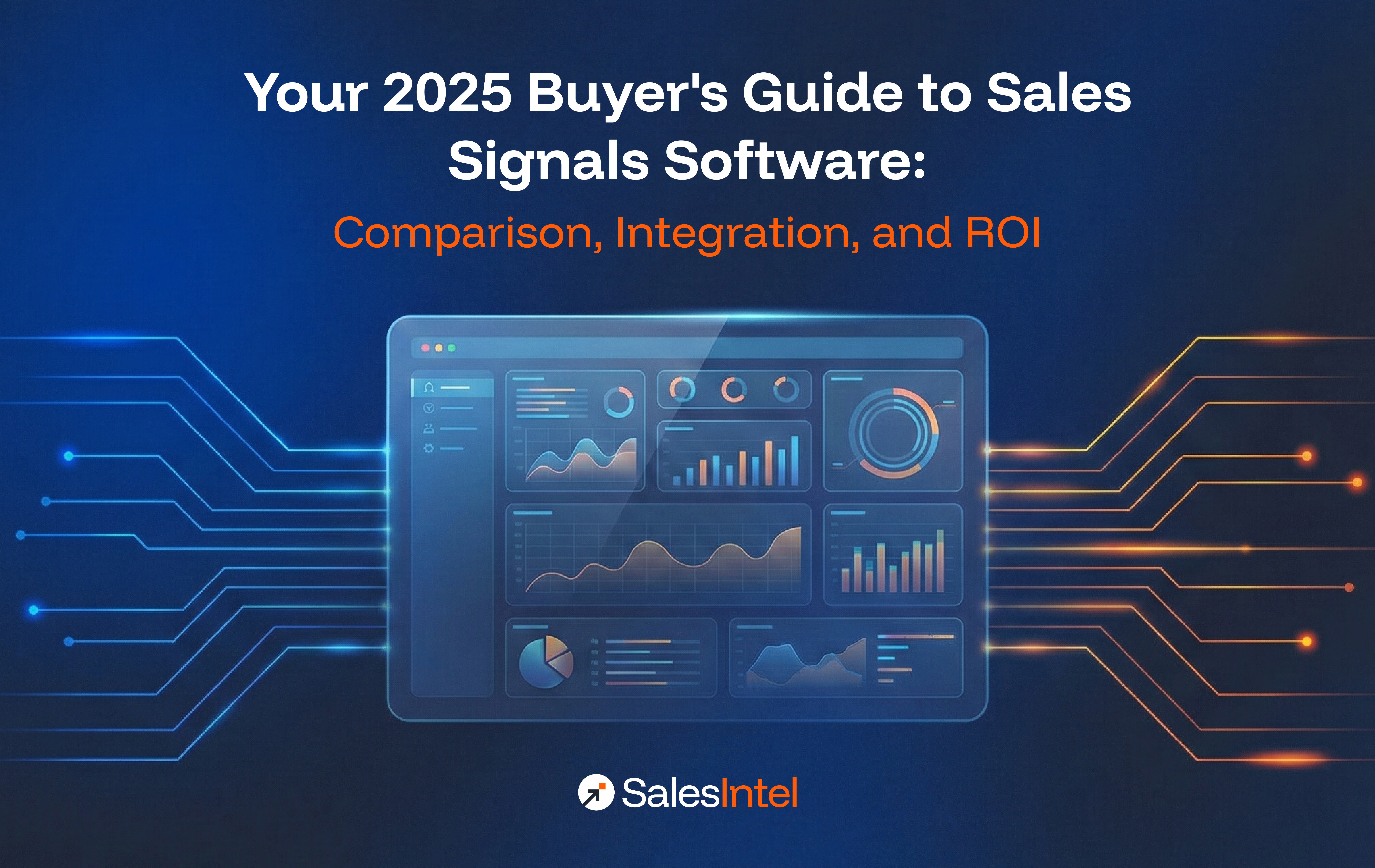Account-based marketing was an increasingly popular inquiry throughout 2018. And now, according to Google Trends, within these first few weeks of the year, interest levels in the topic are already close to reaching levels that were only peak points of the previous year.
Account-based marketing, or ABM, has taken the business world by storm. While it used to be the preference of a select few, with consistent interest shown by the majority, ABM is quite possibly a contender for one of the hottest sales trends in 2019.
What is ABM?
ABM, also referred to as an enterprise sales process, is less about lead-hunting and all about focusing on specific, valuable accounts. When it’s done well, Forbes notes that the enterprise method brings marketing and sales elements together to “become customer-centric in a way that creates better engagement and results.”
An account-based strategy alleviates some of the stress and pressure of accruing and following all possible leads, no matter what. Instead, you target only the most relevant prospects, and then treat those target accounts like their markets.
This results in a high-engagement, multi-touch process that requires every team to be interconnected and on-board. However, when implemented well, ABM has the potential to revolutionize the way that you sell and streamline the process.
That said, AMB’s highly-specific nature means that it may not be perfect for every business. High-contact, multi-touch marketing requires a redistribution of time and resources. How do you know if an ABM approach is the resolution for your company this year?
Ask Yourself These Questions to See if ABM is for You
What is our usual customer base?
Aja Frost of Hubspot explains that ABM requires the “necessary manpower and resources” to devote to each account. This means that the enterprise method is better suited for B2B sales where the deal size is at least mid-market.
If you find yourself trying to devote more time and energy to those high-value accounts, then ABM may be a huge help.
How much customer data do we have?
ABM is distinct and effective because of its specificity. An integral part of adopting ABM is developing the proper and thorough Ideal Customer Profile. If your target markets are too varied, or you simply don’t have enough customer data, then ABM will be much more difficult to implement as it would be with a well-researched ICP. Companies such a SalesIntel can help you find contact information for your campaigns, but you have to know who you’re searching for first.
How many stakeholders are there?
If there are often multiple stakeholders, then ABM is ideal because it focuses on targeting all stakeholders and not just one or two important people. So if you find yourself juggling multiple stakeholders regularly, the ABM is worth a shot.
What’s kind of product are we selling?
It’s also important to consider whether your product is well-suited to ABM. Frost notes that ABM is most effective when you’re selling something beyond a one-time product, such as services and solutions that have tiers or subscriptions.
A Perfect Match?
ABM covers a lot of bases so that all facets of the process work together to target high-value accounts. It can save time and heartache in the sales process if it’s used properly. This year, take the time to consider whether ABM may be right for you.




